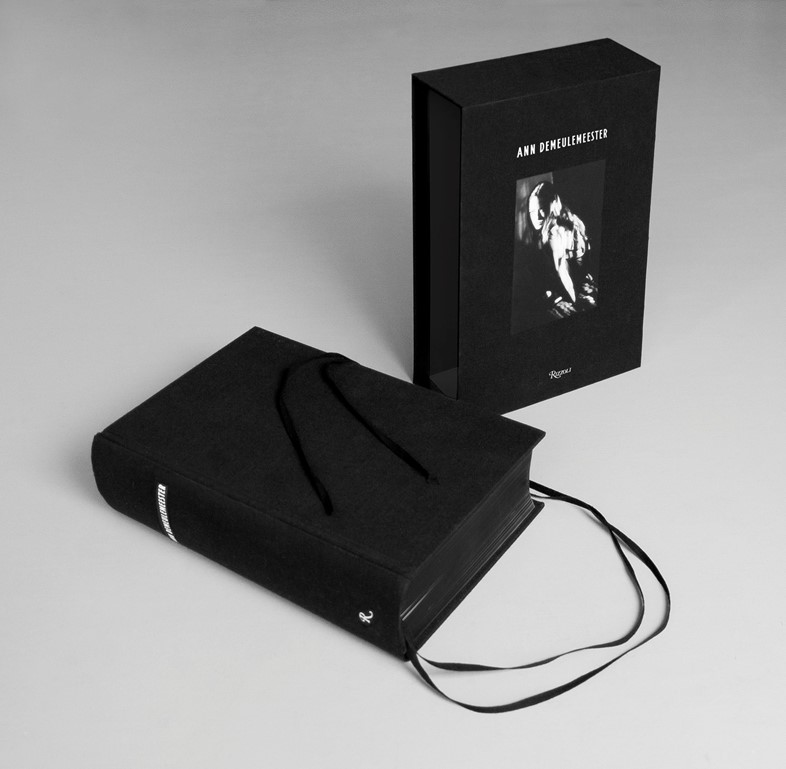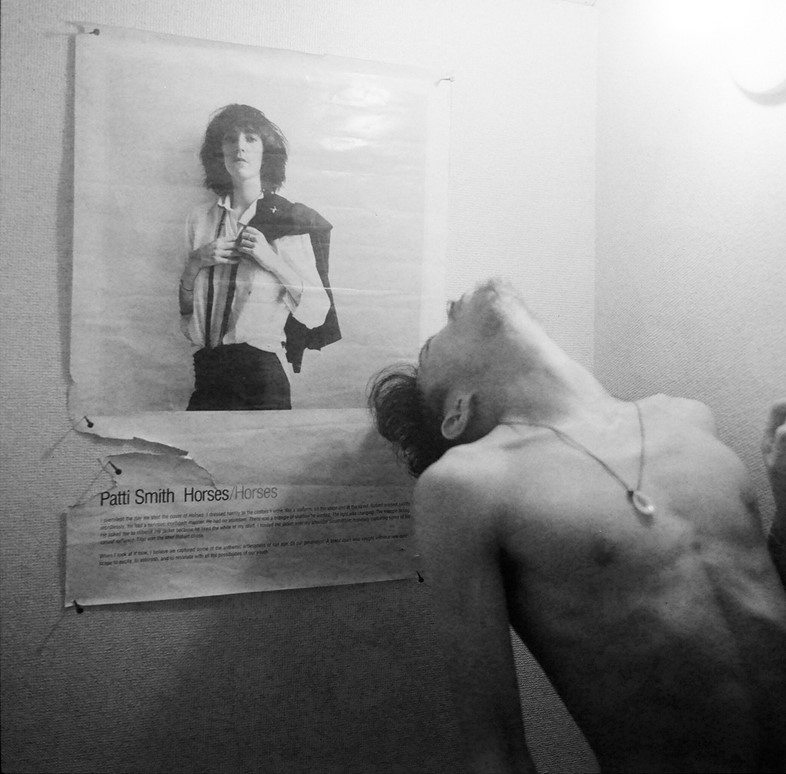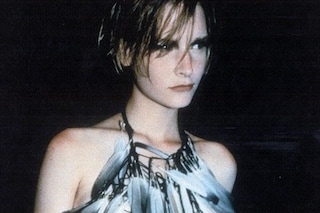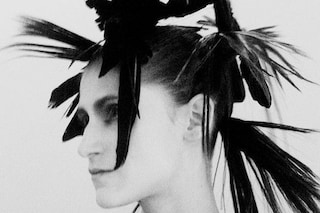The legendary musician reads from her introduction to Demeulemeester's new book – and recounts the touching moment her world and the designer's first collided
When Robert Mapplethorpe set out to photograph Patti Smith for the cover of her album Horses, he had one requirement: she was to wear a white shirt, and it shouldn’t be a dirty one. The resulting image – which transcended its purpose as a humble record sleeve to become an era-defining vision of female creative power – captured Smith in all her androgynous glory: fearlessly staring at the camera, a black jacket flung over her shoulder and black ribbon hanging from her collar. At the time of its release in 1975, a sixteen-year-old Ann Demeulemeester bought the record, and together the intoxicating audio and visual world she was pulled into left a lasting impression on her. It was only years later that the paths of Smith and Demeulemeester would cross – but once they had, they struck a friendship formed on anarchy and spirituality that has spanned both miles and years.
On Saturday, during an intimate performance at Dover Street Market, Patti Smith honoured the influence and friendship of Ann Demeulemeester. Reading from her introduction ‘The Girl of Flanders’ taken from the visionary Belgian designer’s new tome, Smith spoke about the first time she encountered her work: “At a time of deep loneliness she received a package from Antwerp – an exquisite white box tied with black ribbon – like a photograph by Robert Mapplethorpe…In truth, I was that girl and this modest gesture produced the joy of recognition. I understood that I was not alone.” Smith went on to perform three tracks, including "My Blakean Years" and even an impromptu song with long-term friend PJ Harvey. It was a rare thing to encounter such a spiritual kinship between three fearless women, who have each shaped today’s cultural landscape. To honor the release of Ann Demeulemeester, we’ve selected a series of excerpts below.
Excerpts from Patti Smith’s introduction ‘The Girl of Flanders’ taken from Ann Demeulemeester, published by Rizzoli:
“On the other side of the world, shadows fell on the girl who had recorded Horses. With her true love gravely ill, she was fated to continue life without him. At a time of deep loneliness she received a package from Antwerp—an exquisite white box tied with black ribbon—like a photograph by Robert Mapplethorpe. She set it on her worktable by the window, laid the ribbons aside, and raised the lid. There, beneath layers of immaculate tissue, were three white shirts. She unfolded and spread them in the light, examining every stitch. In truth, I was that girl and this modest gesture produced the joy of recognition. I understood that I was not alone. When at long last I stepped back upon the stage, the girl of Flanders brushed the dust from my shoulder, adjusted my collar, and laced my boots. Unconditional friendship radiated from her shy yet playful smile. Freedom exists in the soul of one's work. Ann bequeaths this intangible aspect to the wearer. It can be felt as one buttons a weightless chemise or dons a mystically bonding coat. It can be felt in a feathered circle, in winter flakes falling upon the black sleeves of night.”
“Together with Patrick she brought her own line to Paris, fulfilling her early promise with a militantly visionary collection. Each garment expressed the radical edge of beauty. Black the colour of poets. White the colour of their sleeves.”
“Freedom exists in the soul of ones work. Ann bequeaths this intangible aspect to the wearer. It can be felt in a feathered circle, in winter flakes falling upon the black sleeves of night. It can be found within hooded layers created for a monastic order not yet conceived.”
“The visionary union of Ann and Patrick has provided a natural philosophy for an approach in designing for men and women. Ann has sought to rend divisions – together in life and together in cloth.”
“The girl of Flanders has walked her own path, in her own black boots. Never one to bend to expectations, she has made fierce, dedicated, if not radical choices. Always maintaining a measure of innocence while negotiating the thorns of experience. This is the handiwork of Ann Demeulemeester – a visual history of a spool unravelling threads.”











